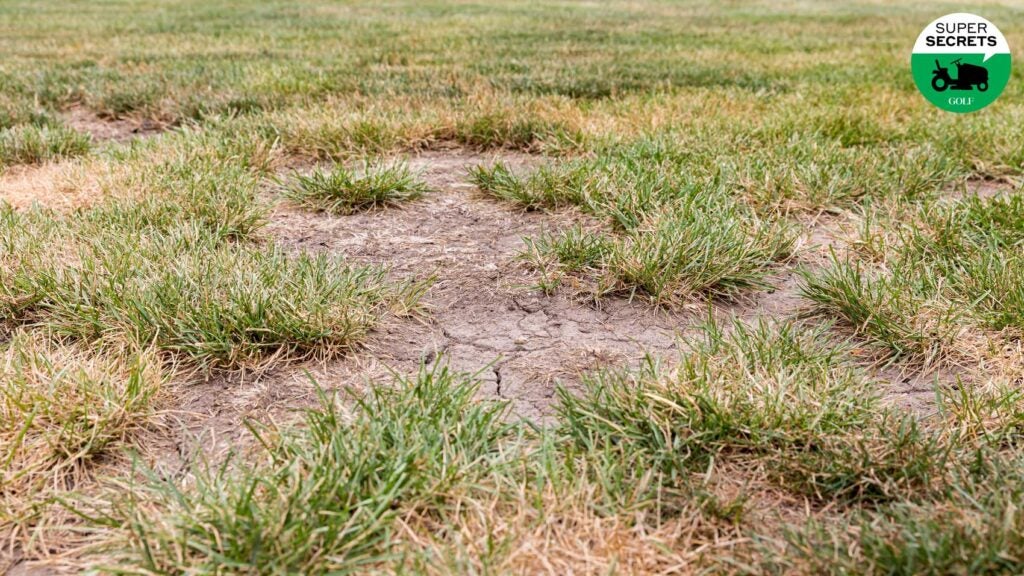Some like it hot. But no one in their right mind favors unrelenting temperatures in the triple digits. Especially not if they’re caring for turf.
Blistering weather, like the kind now bearing down on much of the South, can be rough on superintendents and their grounds — and on homeowners and their yards.
Matt Guilfoil, a longtime member of the Golf Course Superintendents Association and the co-host of the turf-care podcast, From the Jingweeds, is the head super at Desert Canyon Golf Club, in the Phoenix area, where the daily highs this week have been pushing 115.
We asked Guilfoil what he does to prevent burnout of the agronomic kind, and whether those tips might also work at home.
1. Avoid evaporation
You know how confidence in your swing can vanish in an instant? Water droplets on hots days are like that, too. Faster than you can say evapotranspiration, they dissipate into thin air. The takeaway? Don’t water at high noon, or at any other hour when the sun is blazing. You’re mostly wasting a precious resource. Before sunrise or after sunset are the preferred windows, Guilfoil says,, when temperatures are cooler.
You’ve probably heard that it’s bad to water at night, as it leaves the turf susceptible to fungus and other problems. There’s some truth to that, Guilfoil concedes, but it’s more of an issue in regions with cool-season grasses. Warm-season grasses are hardier that way; they can withstand an overnight soaking. “They pretty much want all the water and humidity they can get,” Guilfoil says. And they’ll be happier the next day when the heat kicks in again. If you’ve got a grass like Bermuda in your yard, don’t hesitate to give it an evening drink.
2. Target trouble spots
When grass gets dangerously dehydrated, it starts to discolor. With cool-season grasses, the hue looks almost blue, Guilfoil says. But with warm-season grasses, the color is more blackish. If you see a troubled patch starting to form, hand watering, or spot watering, is the way to go. Turn your hose directly on the parched turf, and keep irrigating until the soil is damp (a simple home test is to stick a screwdriver into the ground and pull it out, checking for dampness).
Spot watering is a common on-course practice. But just as not all supers have similar maintenance budgets, not all homeowners have an equal appetite for yard care. A lot depends not only on your schedule but your expectations.
“At some of the private courses around here, they won’t tolerate any discoloration and they’ve got the resources to keep things that way,” Guilfoil says. “I don’t have that luxury.” Something similar applies at home. “If you’re one of those people who insists on having the nicest lawn on the block, you’re probably going to be out there hand-watering. Otherwise, don’t sweat it. Your lawn isn’t absolutely perfect? There are worse things in life.”
3. Throw shade
During the summer, Augusta National sets up tents around its greens to protect them from the sun. You could do the same at home, though you might catch flack from neighbors for being excessive, or attract unwanted guests who mistake you for Jay Gatsby throwing a garden party. Just make sure you allow for air flow underneath.
A more understated option is black netting, like the stuff superintendents sometimes stretch over newly seeded ground or a tee box they’re saving for a tournament. Usually, the purpose of the netting is to deter against birds or golfers. “But it can work as shade, too,” Guilfoil says.
4. Raise your mowing heights
The tighter you mow your grass, the more delicate it is. During prolonged heat spells, do yourself—and your lawn—a favor by letting it grow a little longer. More resilience for the blades. Less work for you.
